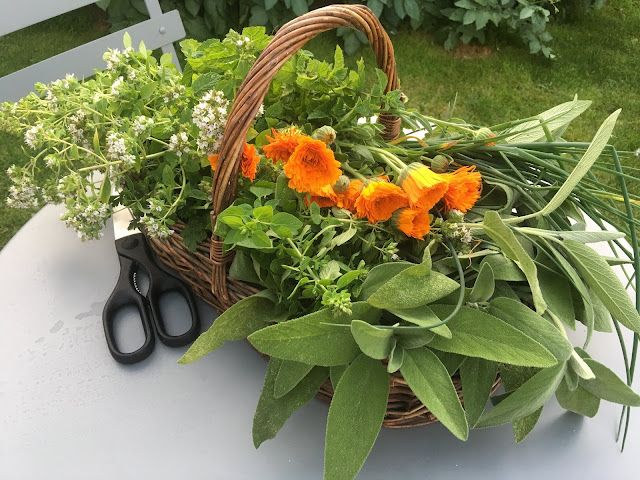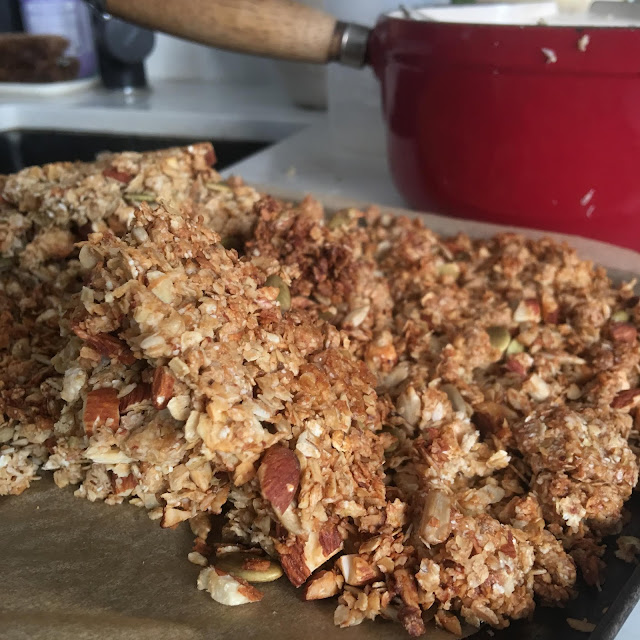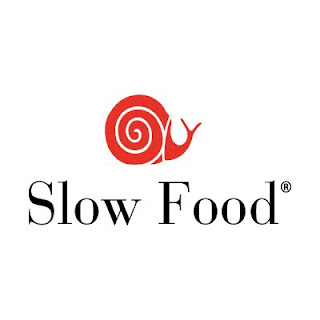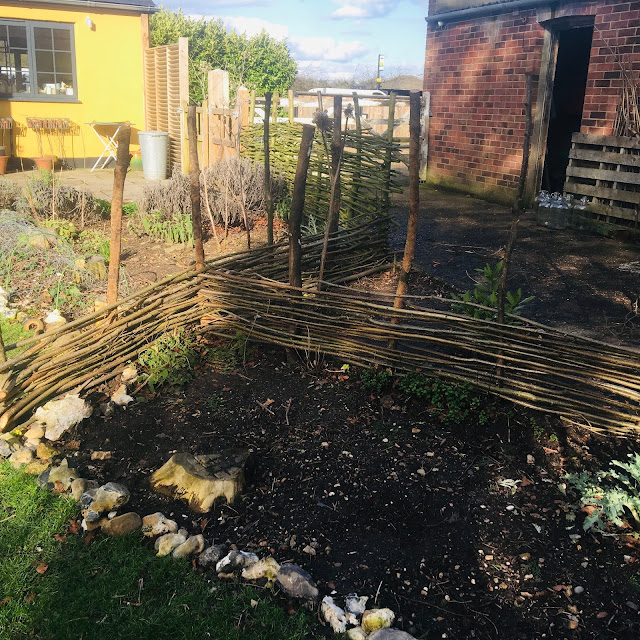With the Covid pandemic meaning that many of us are staying home instead of going to Europe for our hols, I thought it would be nice to bring some Spanish summer sunshine by way of the food that we eat. I wanted to highlight Spanish flavours and products at LHStores so I am bringing some lovely products in from the Spanish wholesaler, Brindisa. Founded in 1988 by Monika Linton, Brindisa provide hundreds of different Spanish products to many of the country’s finest restaurants, delis and food halls. And were one of the first retail outlets in Borough Market, Southwark, now regarded as being among the finest food markets in Britain.
Ingredients:
300g butterbeans
400g tomatoes
small cucumber or courgette - whichever cucurbits is going crazy in your garden at the moment!
onion - red is a good choice
fresh coriander - or if you have marjoram in your garden use that.
0
To help get the most out of these lovely products I thought I'd share 2 quick and easy recipes, let me know if you like them and if you would like more.
Summer Salad with Butter Beans
300g butterbeans
400g tomatoes
small cucumber or courgette - whichever cucurbits is going crazy in your garden at the moment!
onion - red is a good choice
fresh coriander - or if you have marjoram in your garden use that.
lemon juice
olive oil
salt
onion
mixture of rapeseed & olive oil
potatoes
red pepper - optional.
Salsa Brava - available from our Spanish Summer Range.
olive oil
salt
- Soak the butterbeans overnight. (You could use a mixture of butter beans and haricot beans.) Bring to the boil and simmer in salted water for about 30mins or until soft. Strain, let them stand in cold water so they stop cooking then strain again and let them sit drying in the colander.
- Cut the tomatoes and cucumber into half-moons. You can cook the courgette if you prefer to use this and allow it to cool. slice the onion thinly, wash and chop the herbs.
- Combine the ingredients and dress with lemon juice, olive oil and salt.
- This salad is hearty enough on it's own but you can add the Ortiz sardines or tuna on the side, or serve with cooked or cured chorizo from our Spanish Summer range add Preserved Lemons for an extra zing.
Patatas Bravas
Ingredients:onion
mixture of rapeseed & olive oil
potatoes
red pepper - optional.
Salsa Brava - available from our Spanish Summer Range.
- Slice the onion finely and sautée in a mixture of rapeseed and olive oil in an oven proof pan, slowly allowing the onions to soften and start to caramelise. If you are using red peppers sautée them too.
- Scrub the potatoes and dice. Place them in a saucepan of cold water and bring them to the boil. Drain and add them to the onions in the oven proof pan. Put the whole lot in the oven for about 30mins until the potatoes are just starting to crisp.
- Add the Salsa Brava and return to the oven for 5 mins.
- Serve straight from the pan with bread (our tordu is fantastic for wiping up the sauce) the tinned sardines or chorizo are wonderful on the side. Or add a Spanish cheese like Manchego and create your own tapas night.




















































